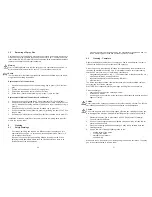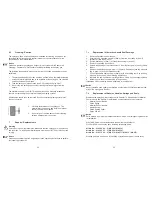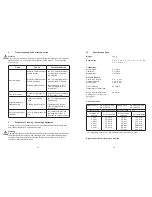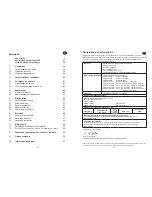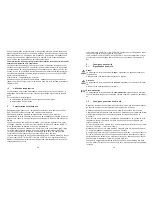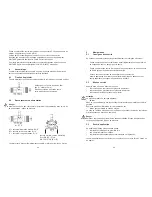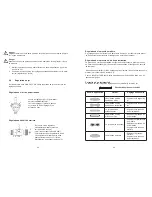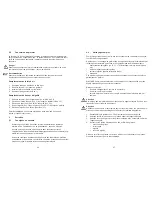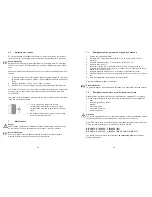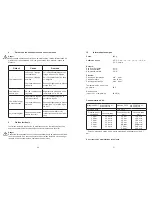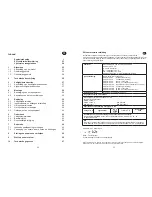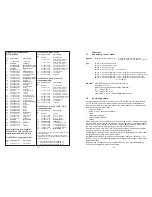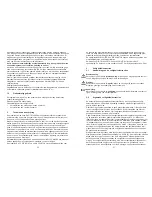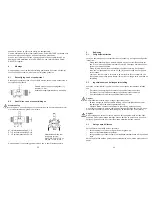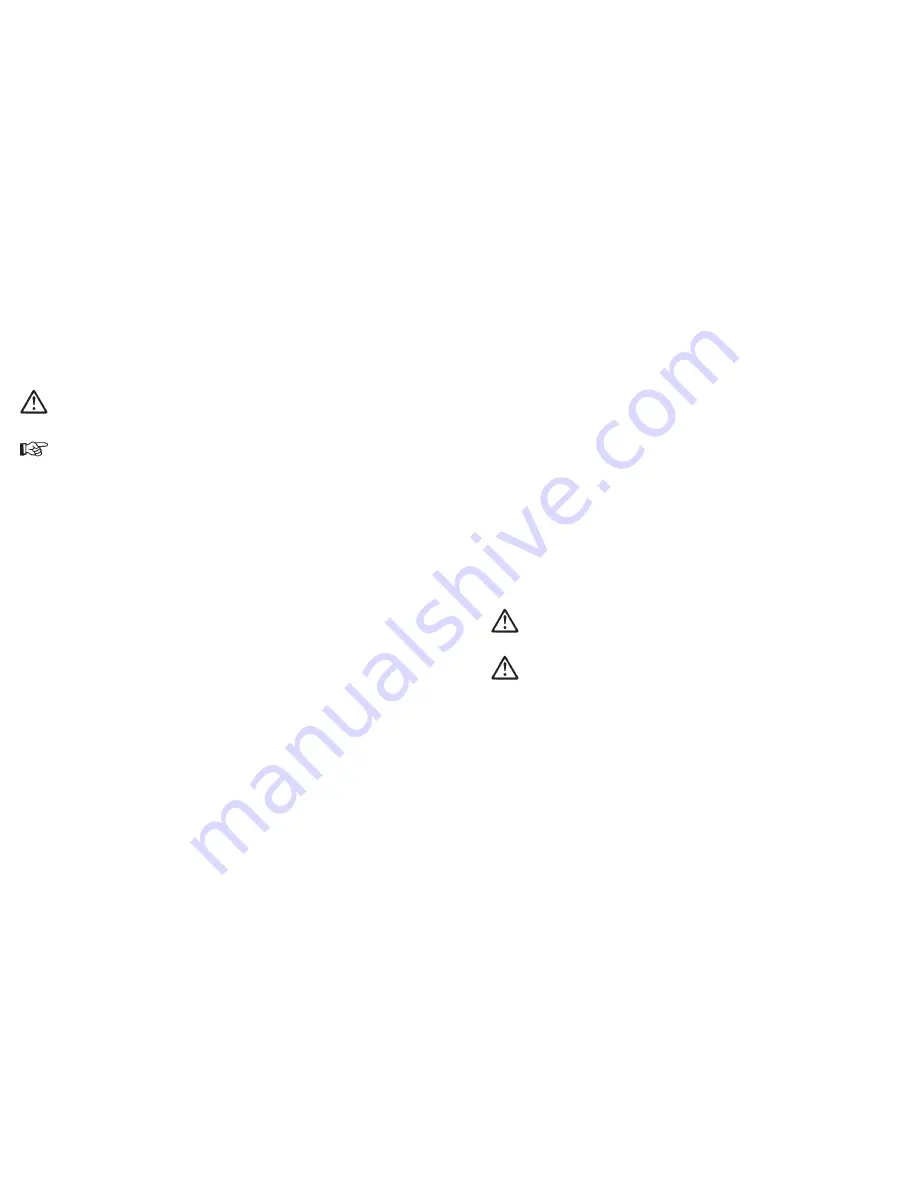
30
31
5.5
Retooling of Spray Gun
Combinations of air control head, material control nozzle and needle, designed to
match specific spraying media tpyes and grades, form a unit - namely the nozzle
insert assembly. In order maintain the desired spray-finish quality standard always
replace the complete nozzle insert assembly.
Warning
Prior to retooling: Make sure that the spray gun is in unpressurized condition, i.e.
all air and material inputs must be shut off - if not, imminent risk of injury.
Notice
In order to perform the following procedures please use the drawing at the begin-
ning of these operating instructions.
Replacement of Air Control Head
1. Unscrew the knurled air control head retaining ring in (Item 1) from the front
part.
2. Pull the air control head in (Item 2) of the gun front.
3. Position the required air control head on the front.
4. Screw the air control head retaining ring in (pos. 1) onto the front.
Replacement of Material Control Nozzle and Needle
1. Remove the air control head (see
5.5 Replacement of Air Control Head
).
2. Unscrew the material nozzle in (Item 3) from the front (width over flats of hex
nut 13). Remove the sealing washer in (Item 4) and the air distribution ring in
(Item 5).
3. Unscrew the cap in (Item 36) from the threaded ring in (Item 33).
4. Pull off the material control needle in (Item 34) including the Items 35-37 from
the gun body.
5. Unscrew the material control needle (Item 34) from the draw bar in (Item 37).
Installation of the new nozzle insert assembly and the remaining parts is perfor-
med in the reverse order.
6
Cleaning
6.1
Safety Warnings
•
Prior to any servicing and repair work: Make sure that the spray gun is in
unpressurized condition, i.e. all air and material inputs must be shut off - if
not, imminent risk of injury.
•
No open fires, naked light and smoking allowed in the work area. When
spraying readily flammable media such as cleaning solutions, there is an
increased risk of fire and explosion.
•
Observe the safety warnings issued by the manufacturer. Aggressive and cor-
rosive media represent risks and hazards to personal health.
6.2
Cleaning - Complete
Regular cleaning and lubrication of the spray gun has to be performed, in order to
increase the service life and the function of the spray gun.
Clean the gun only with cleaning solutions recommended by the manufacturer of
the spraying material used at the time. It is important to make sure that cleaning
solutions do not contain any of the following constituents:
•
halogenated hydrocarbons (e.g. 1,1,1-trichloroethane, methylene chloride, etc.)
•
acids and acidiferous cleaning solutions
•
regenerated solvents (so-called cleaning dilutions)
•
paint removers.
The above constituents cause chemical reactions with the electroplated compon-
ents resulting in corrosion damage.
WALTHER is not responsible for any damages resulting from such treatment.
Clean the spray gun
•
prior to each change of the spraying medium
•
at least once a week
•
as often as may be required by the spraying medium handled and the resultant
degree of fouling.
Caution
Never immerse the spray gun in solvent or any other cleaning solution. The functio-
nal reliability and efficiency of the gun can otherwise not be guaranteed.
Caution
Do not use any hard, pointed or sharp-edged objects when cleaning the spray gun.
Any damage of the precision-made parts are likely to affect your spraying results.
1. Dismantle the spray gun in accordance with
5.5 Replacement of Material
Control Nozzle and Needle.
2. Use a soft brush together with a compatible cleaning sulotion to clean the air
control head and nozzle.
3. Clean the remaining parts and the spray gun body with a suitable cloth and
cleaning solution.
4. Apply a thin film of the appropriate grease to the:
•
sealing collar of the piston
•
O-ring of the piston
•
material control needle
•
needle spring
Make sure to use a non-acidic, non-resinogenic grease and a soft brush. The spray
gun is then reassembled in reverse order.















